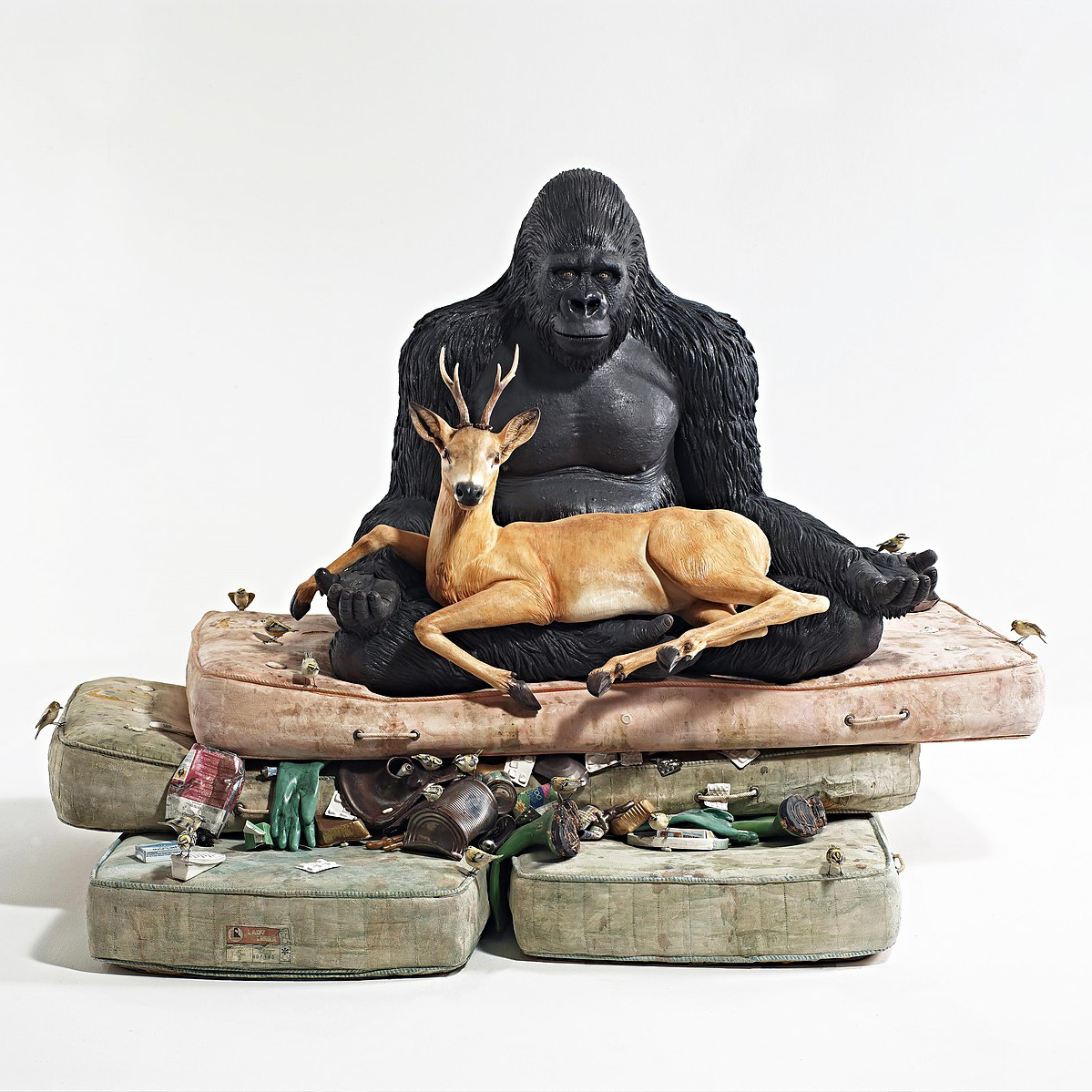November 23, 2021 - March 13, 2022
Istanbul Research Institute’s exhibition at the Pera Museum, titled “What Byzantinism Is This in Istanbul!”: Byzantium in Popular Culture, navigated through the eclectic presence of Byzantium in popular culture. Curated by Emir Alışık and with contributions from its advisors—Brigitte Pitarakis, Elif Demirtiken, Felice Lifshitz, Haris Theodorelis-Rigas, Jeremy J. Swist, Marco Fasolio, Roland Betancourt, Sinan Ekim, Vedran Bileta, and Yağmur Karakaya—the exhibition explored multiple and conflicting meanings of Byzantinism and questioned popular culture’s interaction with the Byzantine legacy by scrutinizing a selection of motifs representing Byzantium in various media.
Accompanied by a comprehensive exhibition catalogue, “What Byzantinism Is This in Istanbul!” borrowed its title from Yakup Kadri Karaosmanoğlu’s novel Panorama I-II (1953–1954), in which the protagonist exclaimed these words out of frustration with postwar Turkish society. Karaosmanoğlu knew precisely what he meant by Byzantinism, referring not only to the social unrest and hostility among the nation’s citizens but also to the superstitions that raged in society at the time as people struggled to explain the chaos around them. The exhibition stripped Karaosmanoğlu’s exclamation of its historical connotations and took it at face value—as a genuine question—while also aiming, among other things, to show that Constantinople/Istanbul was naturally—historically and geographically—Byzantinism’s home turf.
While the academic and archaeological “rediscovery” of Byzantium in the 19th and early 20th centuries had broad repercussions across various artistic expressions such as painting, architecture, drama, music, and literature, the fascination with Byzantium amplified over time and blossomed into new directions. This included unlikely music and literary genres, evolving film-making techniques, textile production, and new narrative forms like graphic novels.
As access to Byzantine heritage in Constantinople gradually intensified, the material sources of inspiration for Byzantinism shifted from Ravenna to Constantinople. The urban framework of Byzantium’s capital and its inhabitants lay at the core of a contemporary, renewed interest in the subject. These popular materials broke through the boundaries of historical re-enactment and fiction, forging new ways to appropriate Byzantine forms, history, and materiality as tools to tell unique and modern stories. Although Byzantine history was sometimes mobilized to incite hostilities through the manipulation of historical facts, the Byzantine legacy was also frequently utilized to reflect on complex sociopolitical issues—both of which were critically represented in “What Byzantinism Is This in Istanbul!”. By bringing together contemporary novels, metal music, comics and graphic novels, visual arts, video games, movies, and fashion, the exhibition revealed Byzantinism as a far-reaching phenomenon—present even in places where one might least expect to find it.
Click here to listen to the “What Byzantinism Is This in Istanbul!” podcast!
Image Credits
Max Bedulenko , Streets of Constantinople (2020).
Courtesy of Max Bedulenko.
Jonathan Godoy,The Byzantine Stones, 2007
Fountain pen, with real textures, added digital color and effects
Courtesy of the artist
Scott Eagle, The City of Saints and Madmen, 2001
Acrylic and collage on paper mounted to panel
Courtesy of the artist
Ozgur Masur, Byzantium’20
Signature Collection
3D Virtual Tour
Exhibition Catalogue

“What Byzantinism Is This in Istanbul!”: Byzantium in Popular Culture navigates through the eclectic presence of Byzantium in popular culture. Curated by Emir Alışık, the exhibition explores multiple and conflicting meanings of Byzantinism, and questions popular culture’s interaction with the Byzantine legacy. It scrutinizes a selection of motifs found in visual arts, literature, metal music, comics and graphic novels, video games, movies, and fashion representing Byzantium in popular culture.

Istanbul Research Institute’s exhibition at the Pera Museum called “What Byzantinism Is This in Istanbul!”: Byzantium in Popular Culture navigates through the eclectic presence of Byzantium in popular culture.
Pera Learning
In parallel with the exhibition titled “What Byzantinism Is This in Istanbul!”: Byzantium in Popular Culture, Pera Museum Learning Programs present “Once Upon a Time in Byzantium”, a series of engaging and informative online workshops and tours suitable for various age groups.

Although traditionally used as a medium for functional or decorative objects, ceramic has become a medium that is increasingly used by contemporary. Here is the work of some important contemporary ceramic artists from around the world!
Tuesday - Saturday 10:00 - 19:00
Friday 10:00 - 22:00
Sunday 12:00 - 18:00
The museum is closed on Mondays.
On Wednesdays, the students can
visit the museum free of admission.
Full ticket: 300 TL
Discounted: 150 TL
Groups: 200 TL (minimum 10 people)